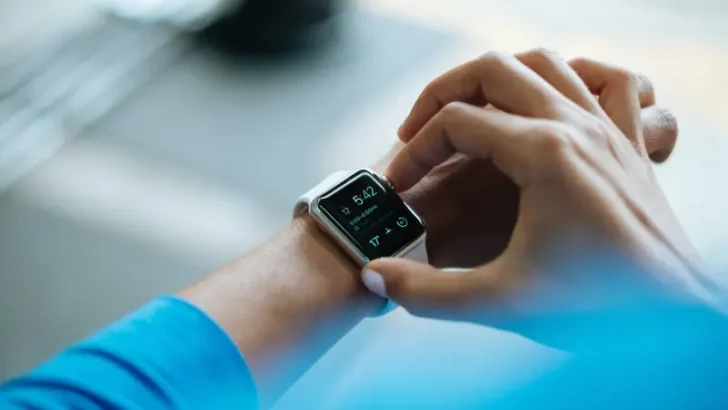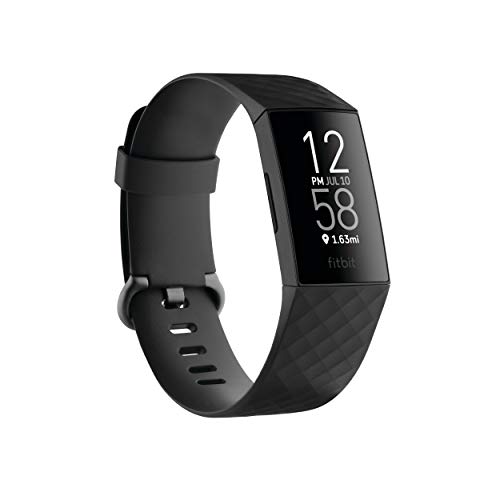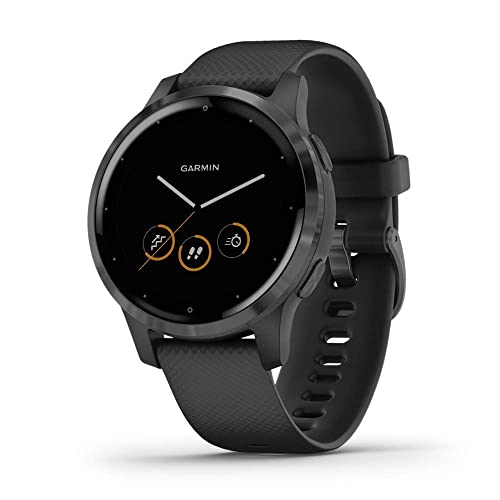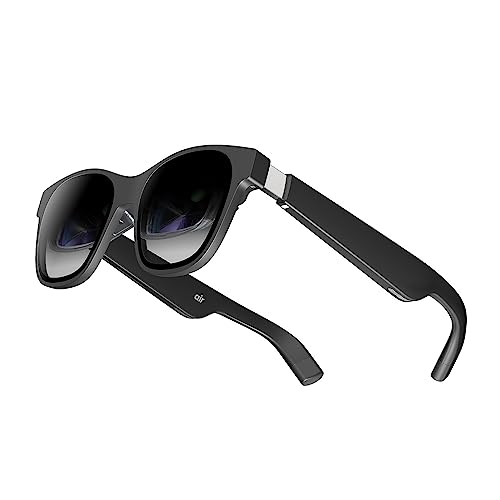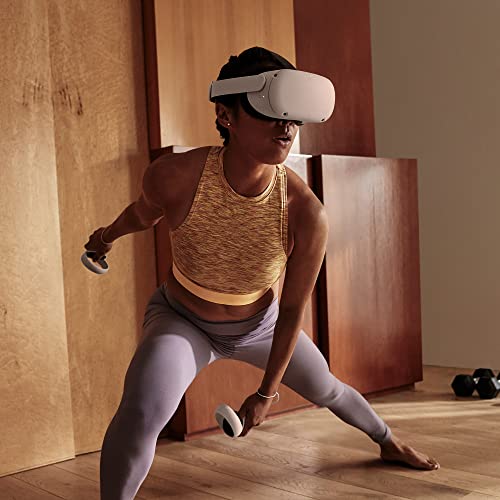Disclosure: This post may contain affiliate links, meaning we get a commission if you decide to make a purchase through our links, at no cost to you. Please read our disclosure for more info.
In the realm of technology, wearable tech has emerged as a transformative trend. These devices seamlessly integrate into our lives, offering convenience and style. From fitness trackers to AR glasses, they’ve changed how we engage with the digital world. Let’s explore their applications, benefits, challenges, and promising future
In This Post:
- The Evolution of Wearable Tech
- Popular Types of Smart Wearables
- Advantages of Wearable Technology
- Challenges in Wearable Tech Development
- The Future of Wearable Tech
- Impact of Wearables on Different Industries
- FAQs
- Are Wearables Only for Fitness Enthusiasts?
- How Do AR Glasses Work?
- Can Wearables Replace Smartphones?
- Are There Any Health Risks Associated With Wearable Tech?
- How Can I Ensure My Wearable Data Remains Private?
- What Is the Difference Between a Smartwatch and a Wearable?
- What Are Iot Wearables?
- Why Is Wearable Technology So Popular?
- Conclusion
The Evolution of Wearable Tech
The journey of wearable tech began with simple pedometers, which counted steps and estimated distance walked. However, advancements in sensors, miniaturization, and connectivity led to the development of more sophisticated wearables that could monitor heart rate, sleep patterns, and even provide notifications from smartphones.
Popular Types of Smart Wearables
Fitness Trackers
Fitness trackers, also known as activity trackers, revolutionized the health and wellness industry. These devices, often worn as wristbands, provide insights into physical activity, calories burned, and sleep quality. They have empowered users to take control of their health by setting fitness goals and tracking their progress.
Smartwatches
Smartwatches combine style and functionality, offering features beyond timekeeping. Users can receive notifications, send messages, make calls, and even monitor their health directly from their wrists. The integration of apps and customizable watch faces has made smartwatches a personalized extension of one’s smartphone.
Augmented Reality (AR) Glasses
AR glasses overlay digital information onto the user’s view of the real world. These glasses have applications in navigation, gaming, and professional fields like architecture and healthcare. They provide a hands-free and immersive experience that enhances productivity and entertainment.
Advantages of Wearable Technology
Health and Fitness Monitoring
Wearables have significantly impacted the health and fitness landscape. By providing real-time data on physical activities and vital signs, individuals can make informed decisions about their well-being. This proactive approach to health has led to healthier lifestyles and early detection of potential health issues.
Seamless Connectivity
Wearables act as a bridge between the digital and physical worlds. They ensure that users stay connected to their digital lives without being tethered to their smartphones. Notifications, messages, and calls are easily accessible, allowing for quick responses on the go.
Enhanced Productivity
Smartwatches and AR glasses have redefined productivity. Users can manage their schedules, receive reminders, and access information without disrupting their current tasks. This has proven especially useful in professional settings where multitasking is essential.
Real-Time Information Access
AR glasses provide a unique advantage by overlaying contextual information onto the user’s environment. Whether it’s navigation directions or information about points of interest, wearables offer an unobtrusive way to access relevant data in real time.
Challenges in Wearable Tech Development
Battery Life
Sustaining optimal battery life remains an ongoing challenge in the realm of smart wearables. As devices incorporate more features, power consumption escalates. Balancing functionality with efficient energy use remains a critical focal point for manufacturers.
Privacy Concerns
The collection and storage of personal data by wearables have raised privacy concerns. Users worry about the security of their health data and other sensitive information. Striking a balance between data utilization and user privacy is a priority for the wearable tech industry.
Design and Comfort
For smart wearables to be embraced, comfort is key. Cumbersome or uncomfortable designs can deter users from adopting these devices. Manufacturers are in a constant pursuit of sleeker, ergonomic designs that seamlessly integrate into daily life.
The Future of Wearable Tech
Integration with Healthcare
Smart wearables are expected to play a more significant role in healthcare. They could monitor chronic conditions, track medication adherence, and even facilitate remote patient-doctor interactions. This integration could lead to more personalized and efficient healthcare solutions.
Extended Reality (XR) Capabilities
The future of wearables might involve integrating augmented reality (AR) and virtual reality (VR) capabilities into a single device. This could create immersive experiences for gaming, education, training, and more.
AI and Personalization
Artificial intelligence could enhance wearables by analyzing user data to provide personalized recommendations. From fitness routines to productivity tips, AI algorithms could offer insights that align with users’ goals and preferences.
Impact of Wearables on Different Industries
Healthcare and Medicine
Wearables have the potential to transform patient care. Doctors could receive real-time patient data, enabling faster interventions and more accurate diagnoses. Wearables could also empower individuals to take proactive steps toward better health.
Sports and Athletics
Athletes already benefit from wearable tech that monitors performance metrics and reduces the risk of injuries. Future developments might include even more advanced sensors and predictive analytics to optimize training regimens.
FAQs
Are Wearables Only for Fitness Enthusiasts?
Wearable technology caters to a broad audience. While fitness enthusiasts benefit from fitness trackers, smartwatches, and smart clothing, wearables offer features that extend to communication, productivity, and entertainment.
How Do AR Glasses Work?
Augmented Reality (AR) glasses use sensors and cameras to detect the user’s environment. They then overlay digital information, such as images, text, or animations, onto the real-world view displayed through the glasses.
Can Wearables Replace Smartphones?
Wearables complement smartphones by providing quick access to essential information. While they offer convenience, they are not designed to replace the full functionality of smartphones.
Are There Any Health Risks Associated With Wearable Tech?
Wearable technology is generally safe. However, prolonged use of devices with screens, such as smartwatches, might lead to digital eye strain. It’s essential to take breaks and practice healthy device usage habits.
How Can I Ensure My Wearable Data Remains Private?
Choose reputable brands known for their strong data security practices. Additionally, regularly review and update your privacy settings to control what data your wearable collects and shares.
What Is the Difference Between a Smartwatch and a Wearable?
Smartwatches typically have a touchscreen display and can be used to make calls, send text messages, access the internet, and run apps. A wearable is a broader term that can refer to any device that is worn on the body. This includes smartwatches, fitness trackers, activity trackers, and medical devices.
What Are Iot Wearables?
IoT wearables are wearable devices that are connected to the internet of things (IoT). This means that they can collect and transmit data to and from other devices and systems.
Why Is Wearable Technology So Popular?
Wearable technology is popular because it is convenient, can track health and fitness, provide notification alerts, and can be personalized.
Conclusion
Wearable technology has not only shaped how we interact with technology but also how we engage with our lives. From health monitoring to entertainment, wearables have become indispensable companions. As the industry continues to innovate, addressing challenges and ethical concerns will be vital in realizing the full potential of wearable tech.

